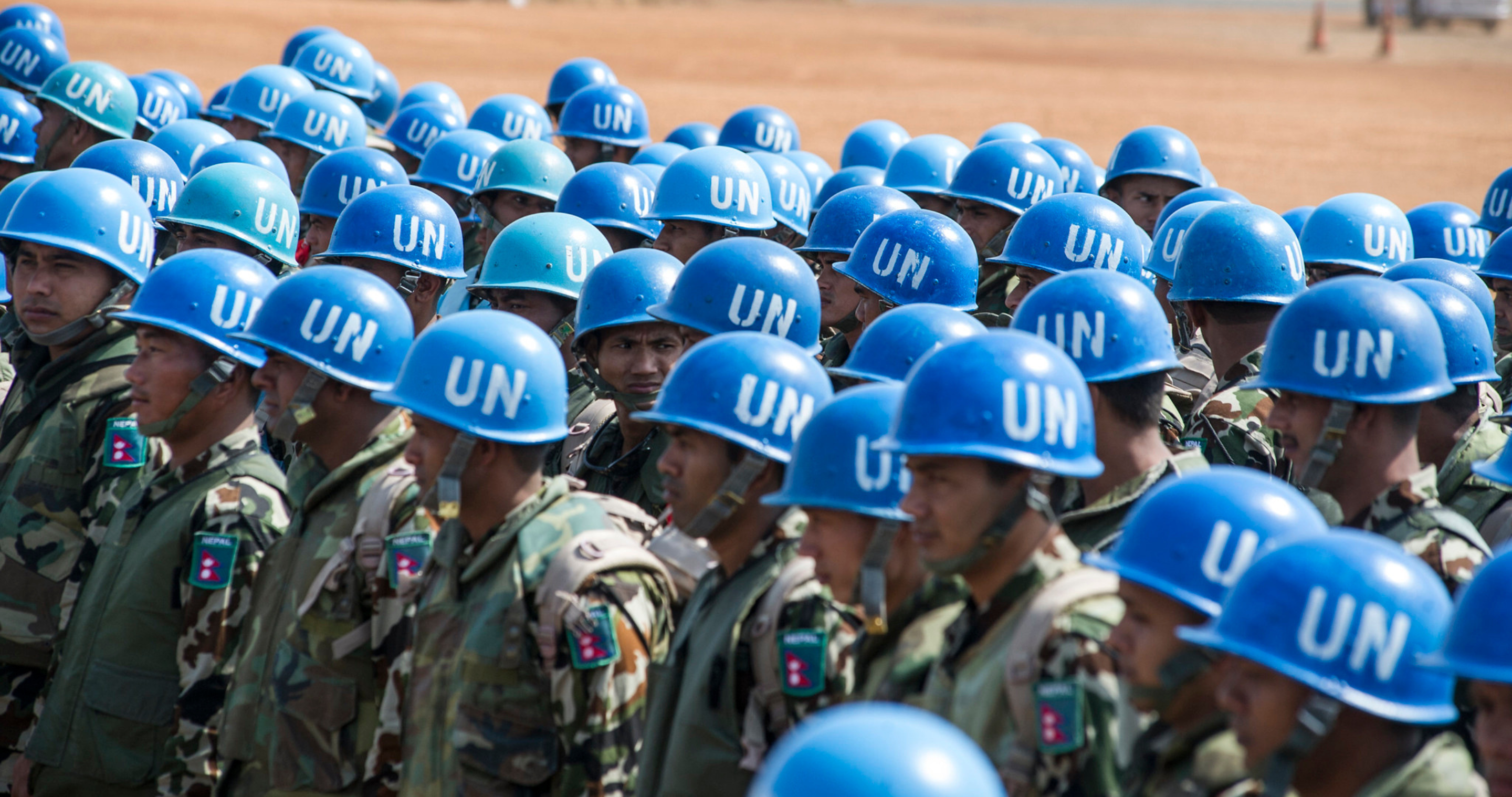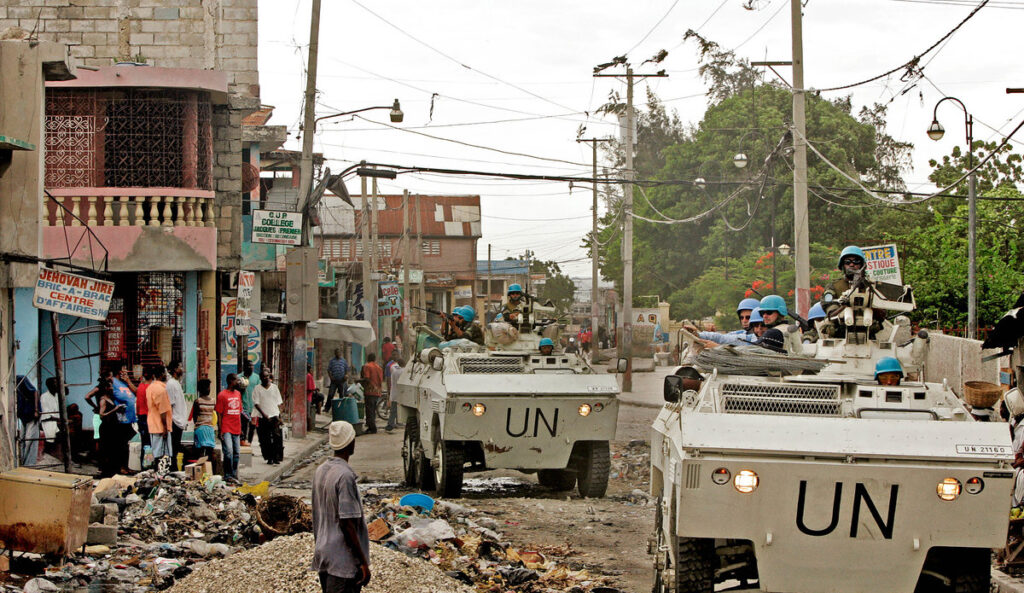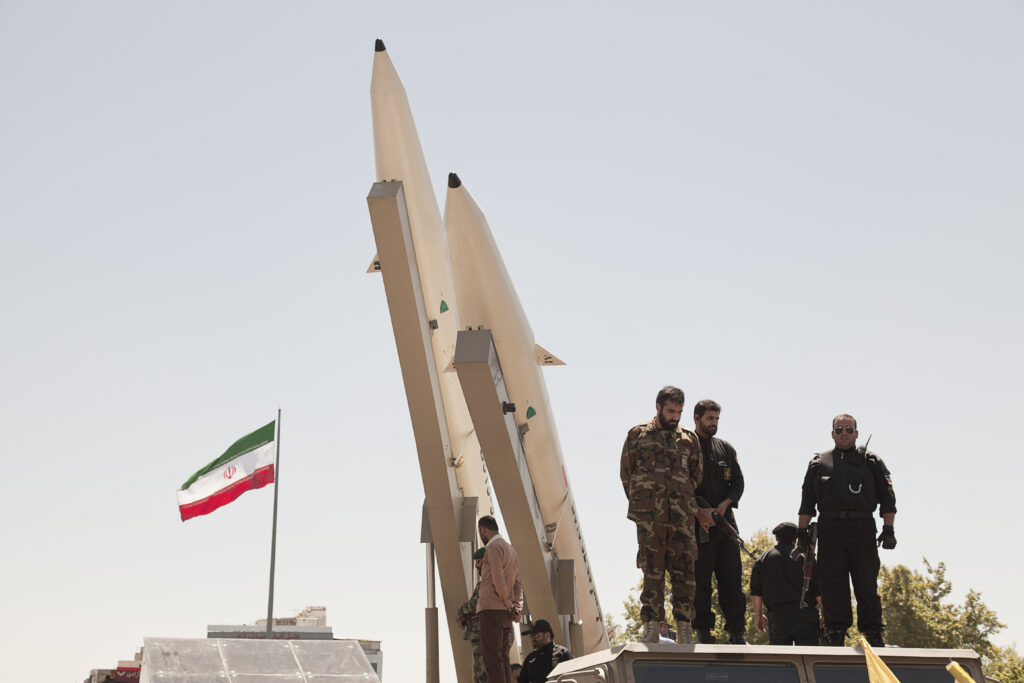In recent months, debate in the UN Security Council has raised a fascinating nuance of UN structure rarely discussed outside the hallowed halls of the chambers: Chapters 6 and 7 of the UN Charter. And if you ever needed a reminder that the diplomatic devil is in the details, this is it.
Chapters 6 and 7 are the foundation of what’s referred to as the “collective security system.” It’s a structure established by Member States of the UN to guide official UN engagement when conflict arises, creating the framework for what peacekeeping missions are and are not allowed to do.
To oversimplify, Chapter 6 requires Member States of the UN to settle disputes peacefully. Technically referred to as the “Pacific Settlement of Disputes,” the clause puts the onus on states to resolve conflict through negotiation, mediation or arbitration. When disputes fall under Chapter 6, UN mediators or peacekeepers may be actively involved inside the country, but only under close monitoring of a host government. In this arrangement, the UN is essentially a facilitator of resolution to ensure civilians are protected, routine services like food delivery or public health programs continue uninterrupted and conditions for peace are secured.
One such example is the UN’s presence in Cyprus, the longest-running UN mission in operation. Tasked with monitoring the contentious border between the Turkish and Greek Cypriot sides of the island, the UN Peacekeeping Force in Cyprus has worked closely with both governments since 1964 to prevent renewed fighting that could risk reemerging if not for the presence of a neutral third party like the UN.
During active conflict, however, the UN may not have the luxury or ability to wait for host country approval of each and every action. This is where Chapter 7 comes in.
Chapter 7 deals with “Action with Respect to Threats to the Peace, Breaches of the Peace, and Acts of Aggression.” In this scenario, the Security Council has the authority to take action when aggression makes negotiation or agreement with local parties unlikely (or downright impossible). By unanimous consent of the UNSC, the Security Council can take binding action, including military force via peacekeepers, to address threats to peace and regional instability. While these missions still require initial consent of the host government, they are able to operate independently once on the ground. These missions are most often deployed in environments of heightened hostility, where the need to protect civilians and human rights principles requires a more adaptive, forceful strategy for engagement.
Considered an especially successful use of this approach, the United Nations Mission in Liberia (UNMIL) operated as a Chapter 7 mission from 2003 until 2018. After a series of devastating civil wars that took the lives of almost 250,000 people, the Security Council established UNMIL to support the peace agreement that ended the conflicts, one that would necessitate activities like the protection of civilians and security sector reform to be successful. Having a more “robust” mission increased UNMIL’s ability to operate in the chaotic post-war environment. Fifteen years later, the mission ended, spurring renewed peace in the country and four consecutive successful democratic elections.
To be sure, host governments are not always cooperative and, in some cases, contribute to the very problems the UN is aiming to fix. This is particularly germane in the context of the protection of civilians. Though a host government may initially approve of a Chapter 7 mission, that same mission has the right to work against them if they are shown to be targeting civilian populations. This has been the case with UN missions like UNMISS in South Sudan or MONUSCO in the Democratic Republic of Congo. As a government can revoke their consent to host UN troops at any time, Chapter 7 missions are often faced with the difficult challenge of maintaining government support while pursuing the activities within their mandate – even if these two aims are diametrically opposed.
In today’s Council conversations, the discussion on these subtle and critical approaches is at the heart of efforts to end the war in Gaza. A recent draft resolution for a ceasefire presented in the UNSC stated that regional escalation constitutes a threat to international peace and security. Were that specific turn of phrase accepted by the Security Council, Members would be inviting Chapter 7 provisions that pave the way for preemptive action.
Whether the UNSC ultimately pursues Chapter 6 or 7 actions to end the war in Gaza is an urgent question on the minds of every party to the conflict. Determining this will dramatically shape the post-war landscape and the capacity for the UN to foster an enduring peace, even if the path forward in the SC is unclear. What is clear is that these distinctions matter – to regional stability and the UN’s long-held defense of sovereignty.
But so long as Chapter 6 holds sway, powers that be seem to hold optimism for a resolution of conflict without the introduction of peacekeepers, a settlement that for UNSC members weary of external intervention feels like the path of least resistance. Of course, this would require the full cooperation of all parties on the ground.
What is clear is that these distinctions matter – to regional stability and the UN’s long-held defense of sovereignty.




